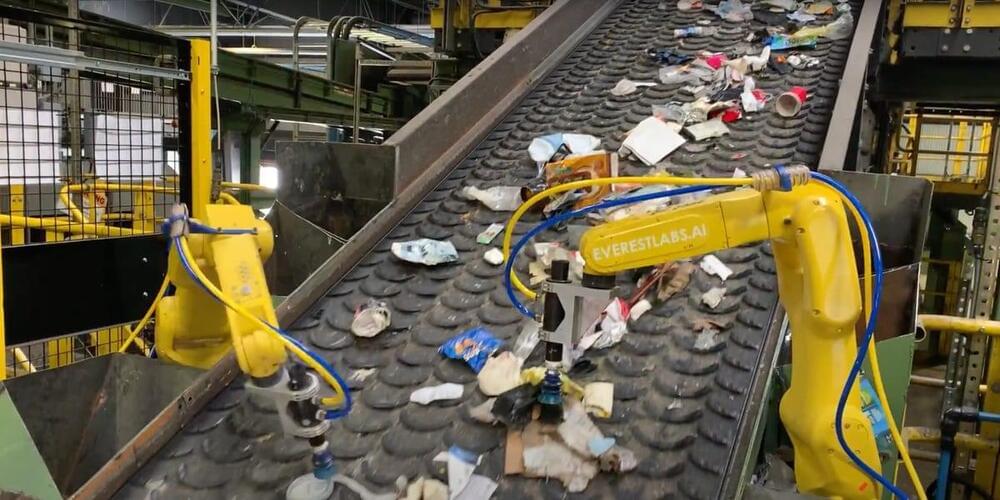The company is rumored to launch 50-Series RTX GPUs earlier than expected.



What’s the optimal way to dose a longevity drug like rapamycin? Nils Osmar looks at some different studies that provide a possible answer:
It’s worth noting that mTORC2 is not directly inhibited by rapamycin under most circumstances, but can be under some. Some studies have found that after prolonged use, rapamycin can also begin inhibiting mTORC2 (see study: Alternative rapamycin treatment regimens mitigate the impact of rapamycin on glucose homeostasis and the immune system).
So taking breaks from rapamycin may also be beneficial.
Could taking some time off undermine rapamycin’s anti-aging benefits? It’s hard to know for sure, because people are so long-lived there’s no way to test its effects on human aging directly. But in mice, at least, it’s been found that administering rapamycin for two weeks out of every four can still significantly extend lifespan (see study: Alternative rapamycin treatment regimens mitigate the impact of rapamycin on glucose homeostasis and the immune system).
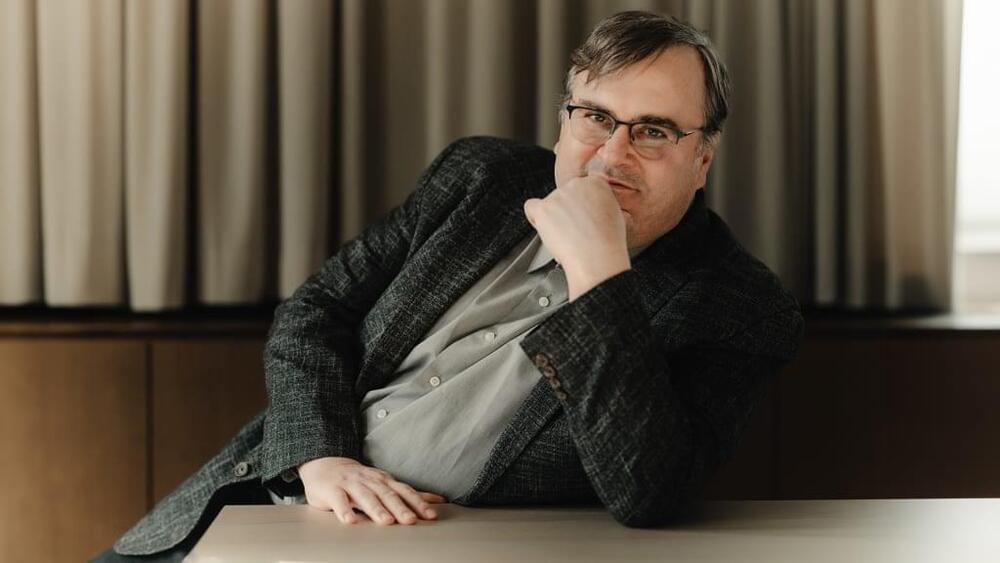

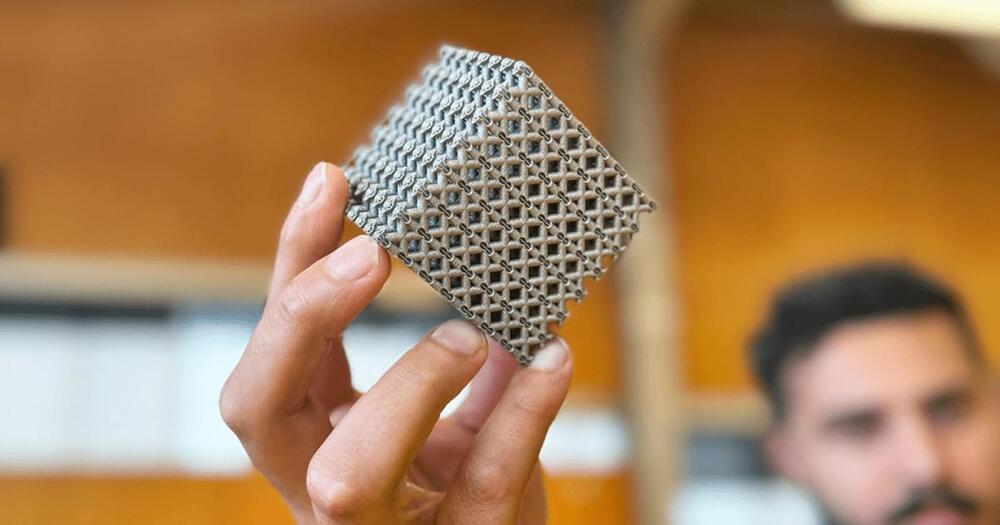
Using lasers and metal powder, Australian scientists have created a super strong, super lightweight new — but they got the idea for this sci fi-sounding creation from plants.
The challenge: Materials that are strong yet lightweight, such as carbon fiber and graphene, are used to make everything from medical implants to airships, and developing ones with ever greater “strength-to-weight ratios” is the goal of many material scientists.
In pursuit of that goal, some have turned to nature, looking for ways to replicate in metal the hollow lattice structures, like those in the Victoria water lily, that make some plants remarkably strong.
Tesla’s aggressive push towards autonomy and the development of self-driving technology has the potential to drastically change the automotive industry and disrupt the competition.
Questions to inspire discussion.
What is Tesla’s shift in strategy?
—Tesla is undergoing a shift in strategy towards autonomy and self-driving technology, which may be seen as reactionary to current events but also part of the company’s long-term plan.
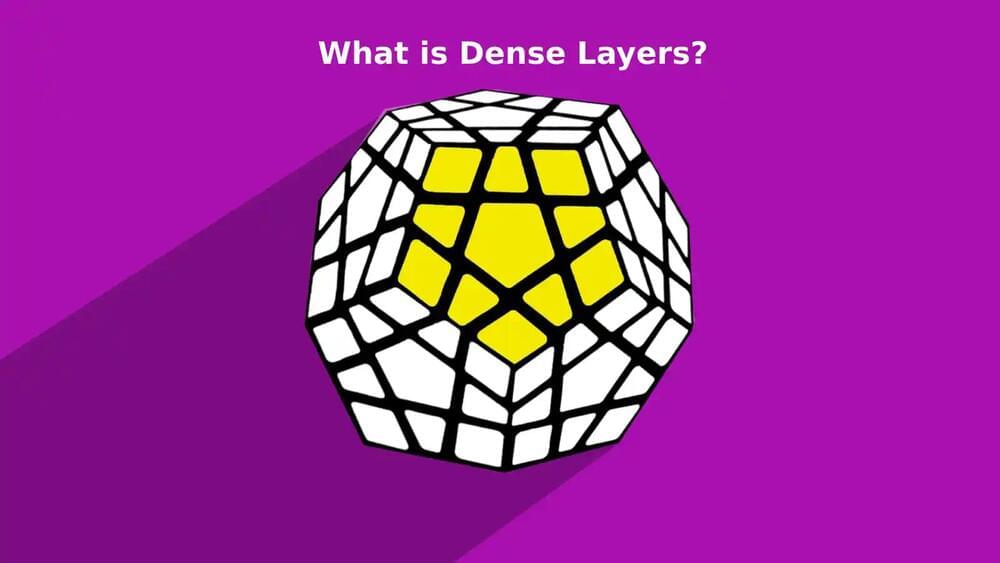
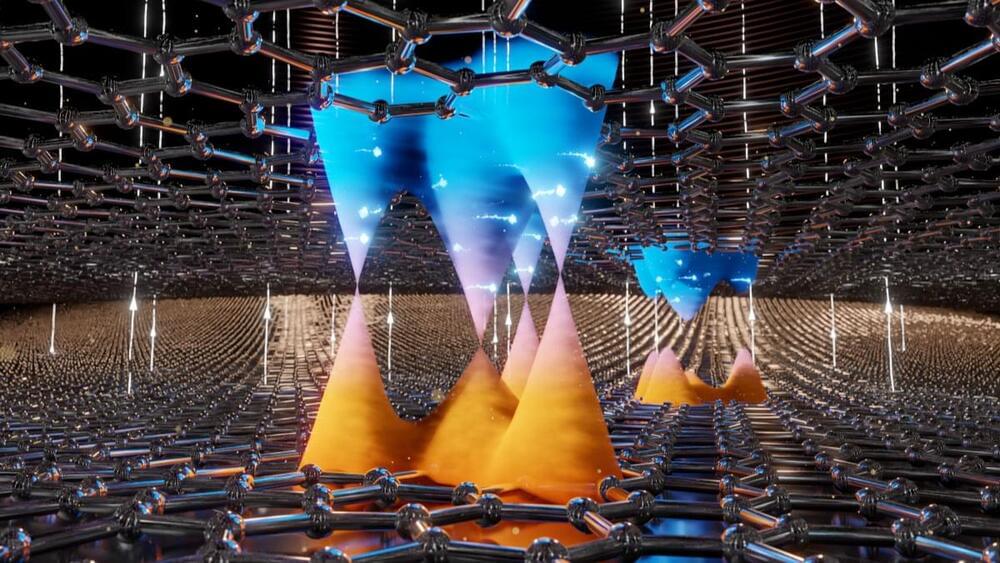
An international research team led by the University of Göttingen has demonstrated experimentally that electrons in naturally occurring double-layer graphene move like particles without any mass, in the same way that light travels.
Furthermore, they have shown that the current can be “switched” on and off, which has potential for developing tiny, energy-efficient transistors – like the light switch in your house but at a nanoscale.
The Massachusetts Institute of Technology (MIT), USA, and the National Institute for Materials Science (NIMS), Japan, were also involved in the research. The results were published in Nature Communications (“Probing the tunable multi-cone band structure in Bernal bilayer graphene”).
